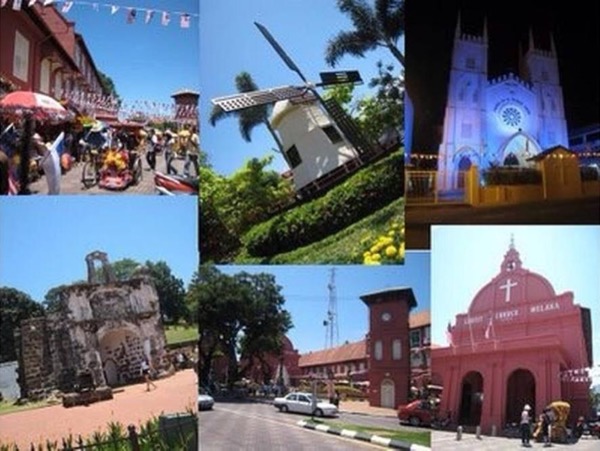Tuesday August 31, 2010
PM launches mega low-cost terminal project
By MAZWIN NIK ANIS
mazwin@thestar.com.my
SEPANG: The opening of the world’s first mega terminal for low-cost carriers – to be known as KLIA2 – will mark the nation’s growth and leadership in aviation not only in this region but also the world, said Prime Minister Datuk Seri Najib Razak.
He said considering the exponential traffic growth in the low-cost sector, the Government had prioritised the immediate development of a terminal that would meet low-cost travel needs for the next 10 to 15 years.
The plan was a variation of the original KLIA Master Plan as low-cost travel and its extraordinary boom was not previously envisioned or anticipated.
were able to accommodate the low-cost carriers’ needs for the past few years at the current Low-Cost Carrier Terminal (LCCT),” Najib said at the project’s ground-breaking ceremony here yesterday.
“However, the time has come to revolutionise the airport terminal design for low-cost carriers and passengers in order to stay ahead of competition.”
The new low-cost carrier terminal is being built to handle 30 million passengers per year initially and has the flexibility to allow for expansion to cater for future growth and changes to the operational models of aircraft.
Located 2km from the current Main Terminal building, KLIA2 will allow for easy inter-terminal transfer and better connectivity between the two.
The Prime Minister said KLIA2, targeted to be completed in April 2012, was expected to boost the nation’s tourism industry by attracting more airlines and visitors.
He added that the facility would increase tourism revenue from RM53bil last year to RM168bil in 2020.
In his opening speech, Transport Minister Datuk Seri Kong Cho Ha said the new LCCT would meet passengers’ expectations with built-in walkways, bigger space per passenger and total separation between arrival and departing passengers for improved security.
He added that the new terminal would have an integrated transport hub, connecting various modes of transportation such as taxis, buses and the Express Rail Link (ERL) service.
Kong said the aviation industry was undergoing a paradigm shift with the accelerating growth of low-cost carriers defining the future of air travel, especially in Asia.
Webmaster : We look forward to the completion of the new LCCT Terminal at KLIA. When completed, we expect more tourists to visit Malaysia in general and Melaka - World Heritage City - UNESCO in particular. KLIA 2 is just about 1 and a half hours from Melaka.
